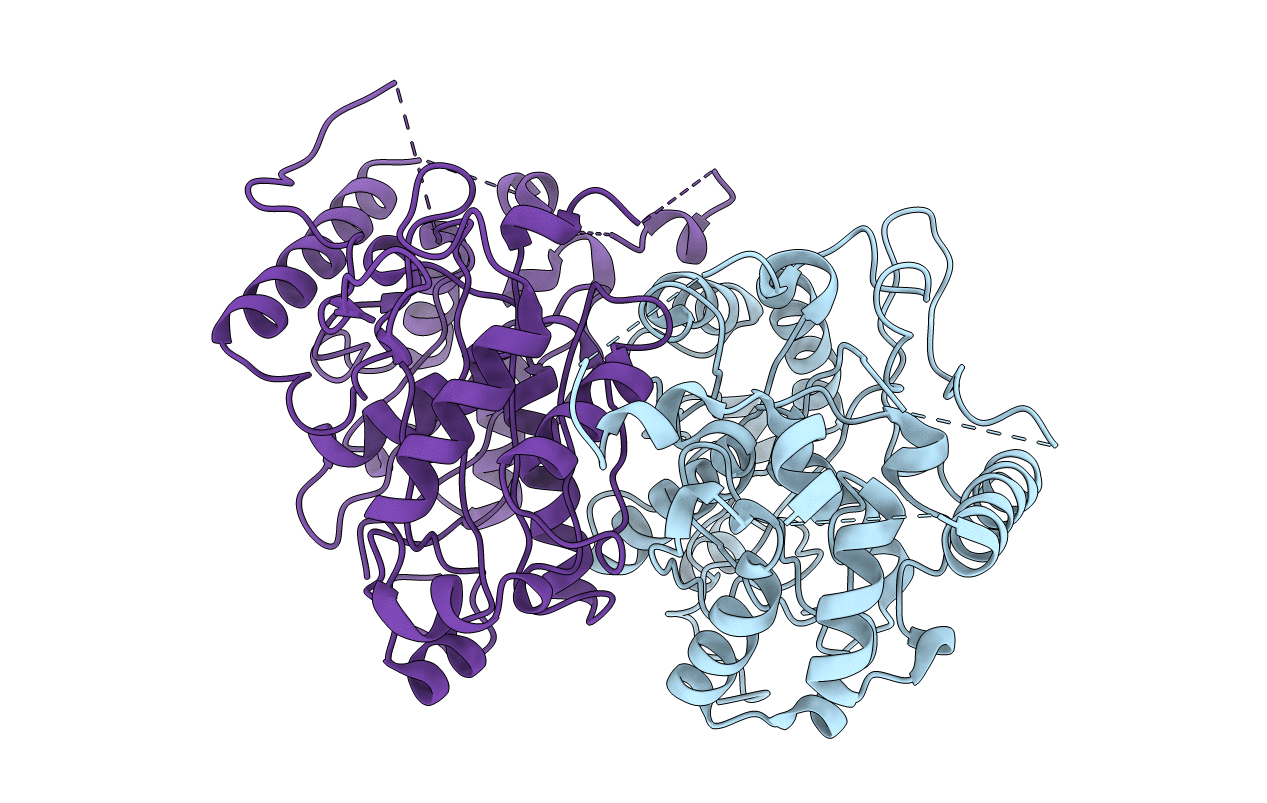
Deposition Date
1994-07-04
Release Date
1994-08-31
Last Version Date
2024-02-14
Entry Detail
PDB ID:
1PXT
Keywords:
Title:
THE 2.8 ANGSTROMS STRUCTURE OF PEROXISOMAL 3-KETOACYL-COA THIOLASE OF SACCHAROMYCES CEREVISIAE: A FIVE LAYERED A-B-A-B-A STRUCTURE, CONSTRUCTED FROM TWO CORE DOMAINS OF IDENTICAL TOPOLOGY
Biological Source:
Source Organism:
Saccharomyces cerevisiae (Taxon ID: 4932)
Method Details:
Experimental Method:
Resolution:
2.80 Å
R-Value Free:
0.33
R-Value Work:
0.19
R-Value Observed:
0.19
Space Group:
P 21 21 21


